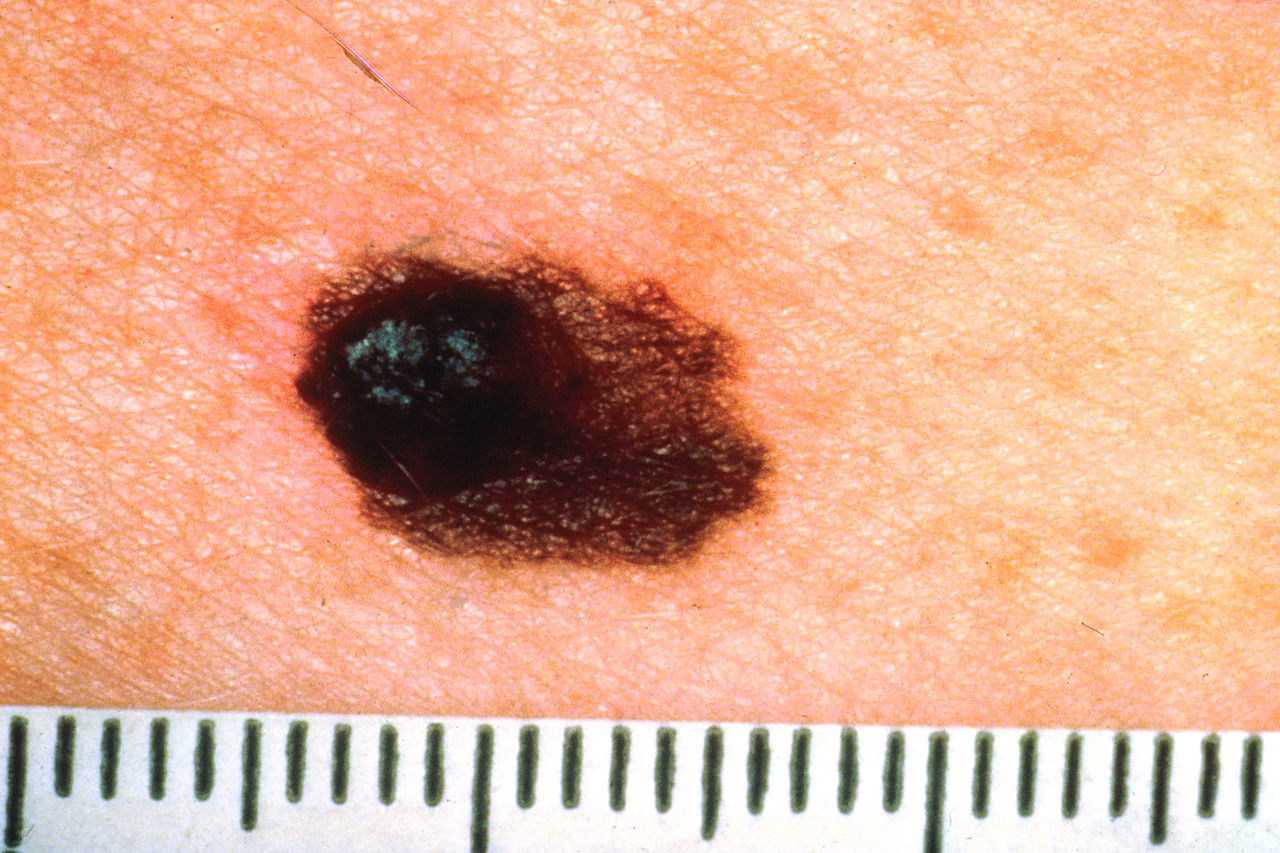
Understanding Melanoma: A Comprehensive Overview
Melanoma is one of the most severe types of skin cancer, arising when the pigment-producing cells known as melanocytes mutate and become cancerous. It’s critical to recognize melanoma through its signs and symptoms for early detection, as this can significantly affect the outcome and the treatment approach.
What is Melanoma?
Melanoma is a form of skin cancer that originates in the melanocytes — the cells responsible for producing melanin, the pigment that colors our skin, hair, and eyes. While it is less common than other skin cancers like basal cell carcinoma or squamous cell carcinoma, melanoma is more dangerous because of its tendency to spread to other parts of the body if not detected early.
For a detailed overview, consider visiting the American Cancer Society's page on Melanoma.
Types of Melanoma
There are several subtypes of melanoma, which include:
- Superficial Spreading Melanoma: The most common type, usually appearing as a flat or slightly raised discolored patch with an irregular border.
- Nodular Melanoma: This type grows more rapidly than other types and appears as a raised bump on the skin.
- Lentigo Maligna Melanoma: Often occurs in elderly individuals, usually in sun-damaged areas of the skin like the face.
- Acral Lentiginous Melanoma: A rare form which occurs on the palms, soles, or under the nails, more common in people with darker skin tones.
Recognizing Melanoma: Signs and Visual Clues
When identifying potential melanomas, it’s important to use the ABCDE rule:
- A - Asymmetry: One half of the mole or lesion does not match the other.
- B - Border: Edges are irregular, ragged, notched, or blurred.
- C - Color: There's a variety of colors such as shades of brown or black, sometimes with patches of pink, red, white, or blue.
- D - Diameter: The spot is usually larger than 6mm (about 1/4 inch – the size of a pencil eraser), although melanomas can sometimes be smaller.
- E - Evolving: The mole is changing in size, shape, or color.
For more about recognizing and understanding melanoma, you can visit the Skin Cancer Foundation.
Risk Factors for Melanoma
Melanoma can affect anyone, but certain factors increase its likelihood, including:
- Excessive exposure to ultraviolet (UV) radiation from sunlight or tanning beds.
- Having a fair complexion, light hair, and eye color, and a tendency to burn rather than tan.
- A history of sunburns, especially during childhood.
- Many moles or unusual moles (dysplastic nevi) on the skin.
- Family history of melanoma or personal history of skin cancer.
- Weakened immune system due to certain conditions or medications.
Symptoms and Causes
Symptoms of Melanoma
Symptoms also include:
- A new, unusual growth or a change in an existing mole.
- A spot that itches, oozes, or bleeds.
- Redness or swelling beyond the border of the mole.
Causes of Melanoma
The primary cause of melanoma is damage to the DNA of skin cells due to overexposure to UV radiation. This damage leads to mutations that can turn healthy skin cells into cancerous ones. Genetic factors may also play a role in melanoma development.
Diagnosis and Tests
If melanoma is suspected, your healthcare provider will perform a skin biopsy, removing a piece of the suspicious lesion to be examined microscopically. Imaging tests like X-rays or CT scans may follow if there's a concern that melanoma has spread.
Management and Treatment
Treatment Options for Melanoma
Treatment depends on the stage and location of the melanoma and includes:
- Surgical Excision: The primary treatment for melanoma where the lesion, as well as some surrounding healthy skin, is removed.
- Immunotherapy: Uses medications to help your immune system fight cancer.
- Targeted Therapy: For melanomas with specific genetic mutations.
- Radiation Therapy: Might be used to treat melanoma that has spread or is inoperable.
- Chemotherapy: Less commonly used but an option for advanced melanoma.
For a thorough understanding of treatment options, Mayo Clinic’s melanoma page offers extensive resources.
Medications
Medications for treating melanoma include:
- Immunotherapy drugs such as pembrolizumab (Keytruda®) and nivolumab (Opdivo®).
- Targeted therapy medications such as vemurafenib (Zelboraf®) and dabrafenib (Tafinlar®).
For detailed information on medications, refer to the National Cancer Institute.
Prevention
To reduce the risk of melanoma, employ the following preventive measures:
- Use broad-spectrum sunscreen with at least SPF 30, even on cloudy days.
- Wear protective clothing, hats, and sunglasses.
- Avoid indoor tanning beds.
- Seek shade whenever possible, especially between 10 a.m. and 4 p.m.
- Regularly examine your skin for new or unusual growths, and see a dermatologist annually.
Outlook / Prognosis
Melanoma can be effectively treated when caught early. The prognosis becomes less favorable as melanoma advances and spreads to other parts of the body. Regular skin check-ups and monitoring moles as advised by healthcare providers are essential for those at higher risk.
Staying informed and vigilant about any changes in your skin can aid early detection and improve outcomes. For more educational material and support, visit Melanoma Research Foundation.
What questions should I ask my doctor?
When discussing melanoma with your healthcare provider, you may consider asking:
- How deep is my melanoma, and has it spread?
- What are my treatment options, and what do you recommend?
- Should I be screened for genetic mutations?
- Is there anything I should avoid during treatment?
Being proactive and asking questions is a crucial part of understanding your condition and treatment plan.

Identify Skin Conditions Instantly
Try Rash ID for Free